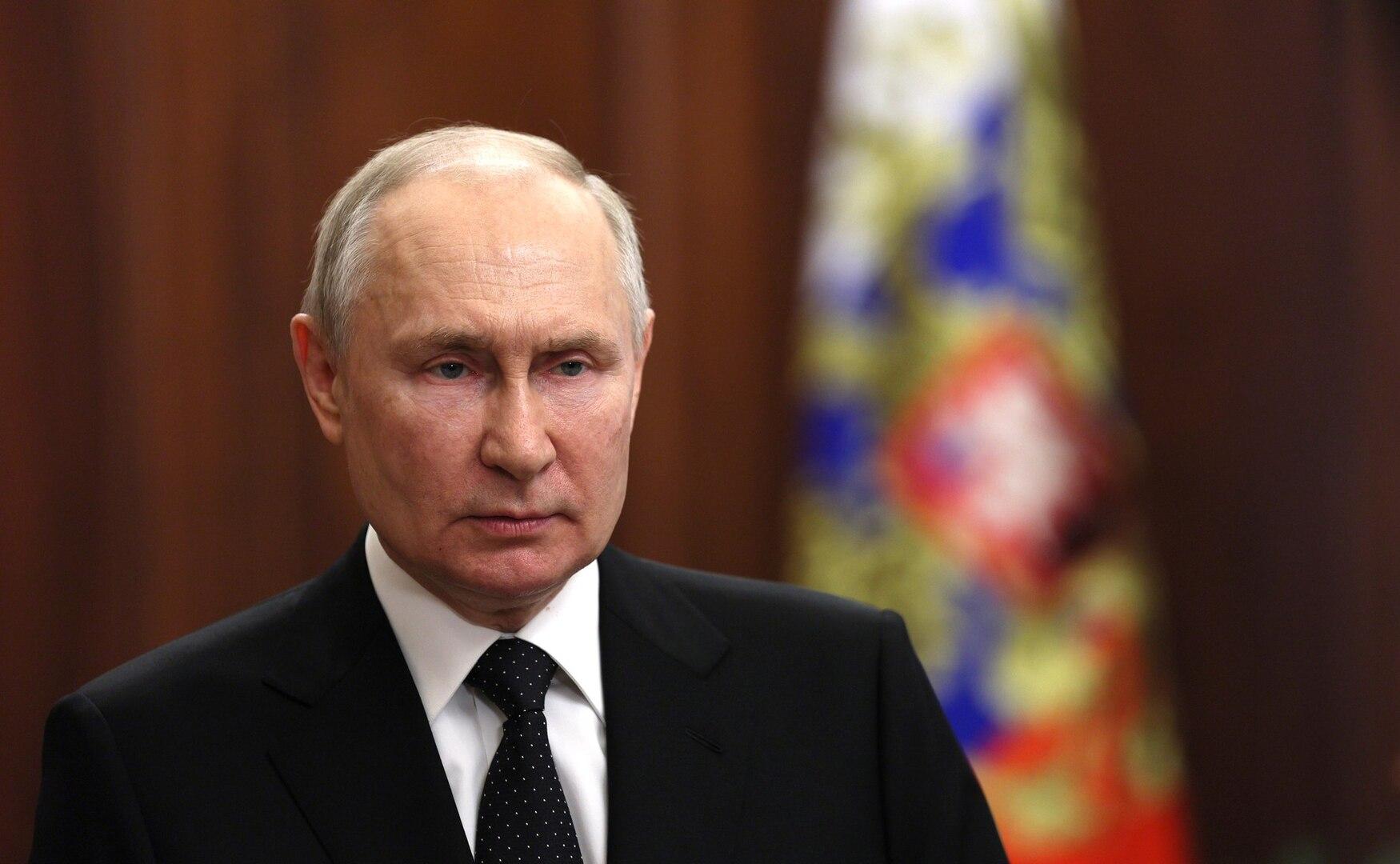Russian energy giant Gazprom is reported to have been hit particularly hard by sanctions imposed as a result of the war with Ukraine. An internal report – obtained and published by the Financial Times – has forecast that the company is unlikely to recover gas sales lost as a result of Russia’s invasion of Ukraine for at least a decade.
But Gazprom chairman Alexey Miller is apparently pressing ahead with his plan to build an 82-metre triumphal column in front of his company’s landmark St Petersburg Lachta Centre skyscraper. The column will celebrate the defeat of Sweden in the great northern war, after which Russia declared itself to be an empire for the first time.
The conflict was fought by Russia at the head of a coalition including much of what would become Poland and Germany as well as Britain, by virtue of its king, George I, also being the ruler of Hanover. It pitted one of the dominant historical figures of the age, Charles XII of Sweden, against Peter I of Russia – also known by the epithet “the Great”.
On September 10 1721, Russia and Sweden signed the Treaty of Nystad, which awarded Estonia and large parts of what is now Finland to Russia and enabled Peter to declare Russia to be an empire. St Petersburg, which the tsar had founded in 1703 at the mouth of the River Neva on the Baltic Sea, was the seat of the empire and would remain so until February 1917 and the abdication of then tsar Nicholas II.
So Vladimir Putin’s enthusiasm for the project could be said to reflect his own aspirations and ambitions for 21st-century Russia under his leadership. There are a number of parallels the Russian president is keen to stress as part of his projection of himself as a modern-day Peter the Great.
The first is his identification with Peter I as a great military leader and the great northern war as a mighty military success. In light of Putin’s assertions that Ukraine is an inalienable part of Russia, it’s worth noting that victory over Sweden in the great northern war paved the way for the assimilation of the territory of Ukraine into what would become the Russian empire by defeating a rival great power and destroying its influence in the region.
There haven’t been too many Russian military successes to celebrate over the past several hundred years – for 80 years the main one is of course the second world war, known in Russia as the great patriotic war. But the regime wants to present the history of Russia as a triumphant procession, so it will pick and choose victories from the past that fit neatly into its present-day narratives.
Similarly, as pointed out by my colleague Geoffrey Hosking in 2017, Putin wishes to present himself as part of a continuum of great Russian leaders. This posture conjures up visions of tsarist geopolitical and military might, and the achievement of security through the creation and assertion of raw power.
The contemporary ramifications of this are not hard to grasp. The great northern war was a sign of Russian defiance against the west, represented in the form of the rival major military powers – particularly Sweden. Putin himself has commented on the great northern war as a struggle over Ukraine between Russia and the west.
Ukrainian resistance to Russia in the great northern war was most evident between 1708 and 1709, when Hetman (military commander) [Ivan Mazepa] created an alliance between several thousand Hetmanate cavalry, a large group of Zaporizhian Cossacks, and the forces of Swedish King Charles XII. Russian forces under Peter I crushed this alliance at the battle of Poltava (1709).
Modern day emperor
Peter the Great’s role in all of this is also worthy of comment. The first emperor has been somewhat in vogue in Russia in recent years. For a historian this is a curious development as, on one level, there is an evident contradiction here.
Peter was very receptive to using western technologies to drive his modernisation of the Russian state – his city, St Petersburg, was often described as Russia’s “window on the west”.
But he was also a strong leader who developed state power and won military conflicts against other great rivals.
In the Kremlin room where Putin receives foreign visitors he has a quartet of statues of leaders he sees as synonymous with his own achievements. One of these is of Peter I. Peter has also been used openly as a frame in which Putin compares current actions in Ukraine with past skirmishes against Sweden – speaking of territories as “Slavic lands”, Putin refers to the northern wars as a reclamation of land that was actually Russian.
Finally, the commemoration of imperial-era heroes is striking. In 2011 Putin was reported to have told his ministers to pay “at least a month’s wages” each to fund a statue of Pyotr Stolypin, a tsarist-era statesman and administrator who is one of Putin’s political heroes. The following year the statue appeared on Freedom of Russia Square in Moscow.
In 2017, Putin appeared at a ceremony to mourn the assassination of Grand Duke Sergei Aleksandrovich, uncle to tsar Nicholas II – the last tsar of Russia – who had been killed by a terrorist bomb in February 1905. A replica of the duke’s memorial cross, originally erected in 1908 and removed by the Bolsheviks in 1918, has been installed. Putin has described the occasion as one to remember Russia’s national and spiritual roots.
These memorials are all in line with Putin’s drive to stress Russian national pride and identity. It’s a programme which is intimately bound up with his invasion of Ukraine – and one that stresses his identity as a modern-day agent of Russia’s imperial greatness.![]()
George Gilbert, Lecturer in Modern Russian History, University of Southampton
This article is republished from The Conversation under a Creative Commons license. Read the original article.






















